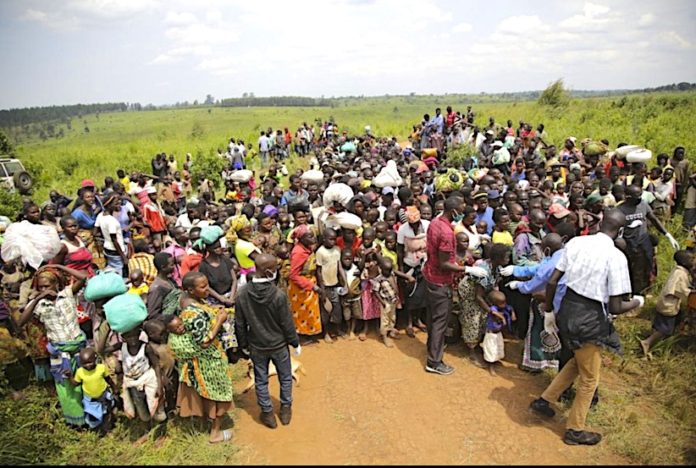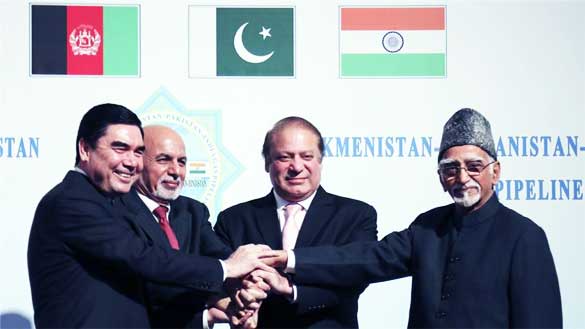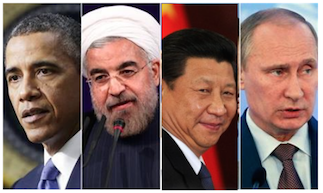
By Peter Irungu
The international community recognizes three durable solutions to the refugee situation: repatriation, local integration, and resettlement to a third country. Recipient countries accept these limited numbers of refugees as part of an effort to share the responsibility for the worldwide phenomenon of forced migration. Because of the costly and politically difficult nature of resettlement, it is often considered an option of last resort.
What is refugee resettlement?
Resettlement involves the selection and transfer of refugees from a State in which they have sought protection to a third State which has agreed to admit them as refugees with permanent residence status. According to the UNHCR, resettlement serves three primary functions: securing fundamental human rights such as life, liberty, safety, health, etc. for refugees who are at risk, providing a long-term solution to the issue of displacement for large numbers of refugees, and alleviating the burden on countries offering asylum to such displaced peoples
The Ugandan context
According to the United Nations High Commission for Refugees, the number of refugees and internally displaced people has reached its highest point since World War II. At the end of 2019, there were 26 Million refugees worldwide, and nearly 47 million people were internally displaced, according to UNHCR. As of August 2020, Uganda has approximately 1.5 million refugees, 80,506 of which reside in Kampala, the capital city. The majority of refugees in Uganda come from South Sudan, DR Congo, Somalia, Burundi, Rwanda, Ethiopia, Eritrea, Kenya, and Sudan.
_FiguresAtAGlance_Infographic(18JUN2020).png) Uganda, because of its history of conflict and civil strife, has been sympathetic to the plight of the thousands of refugees residing within its borders. This hospitality is slowly waning out as the refugee situation in the country becomes more protracted. And as repatriation and local integration options are not foreseeable, refugees view resettlement on their own savour.
Uganda, because of its history of conflict and civil strife, has been sympathetic to the plight of the thousands of refugees residing within its borders. This hospitality is slowly waning out as the refugee situation in the country becomes more protracted. And as repatriation and local integration options are not foreseeable, refugees view resettlement on their own savour.
Procedures for refugee resettlement from Uganda
The UNHCR established a number of criteria that needs to be met in order for resettlement being offered to refugees: Legal and physical protection needs, survivors of violence and torture, medical needs, women-at-risk, family reunification, children and adolescents, elderly refugees, lack of local integration and prospects for voluntary return.
Only about 1% of refugees the UNHCR typically deals with are submitted or referred for resettlement in Uganda.
Refugee perceptions and expectations on resettlement
Uganda by all means is a great country in its humane treatment of refugees. It’s easy for a refugee to integrate into the Ugandan social fabric but in terms of economic integration that is easier said than done. Uganda has one of the biggest unemployment challenges in the world, thus making it even hard for refugees to get into formal employment. The language barrier, legal and taxation bureaucracy, and the lack of startup capital are also some of the big barriers for many urban refugees to engage in business and trade in Uganda. All these and other factors leave refugees with only one viable solution, and that is resettlement.
Therefore, for many refugees resettlement is about their existence as a human being, the only way out of the dilemma of forced displacement. It’s the only vehicle for them to acquire higher education, for them and their children, to acquire sustainable employment and to make a living out of their shattered livelihoods. For many refugees, resettlement is a matter of life and death, and they will do anything, including faking insecurity concerns, fake diseases, etc. to acquire it.
“For many refugees, resettlement is an opportunity for a fresh start. It’s the only opportunity to move out of Africa. For some refugees resettlement is a calculated risk, the only opportunity to travel abroad,” says Stephen Windsor, Programme Manager at Young African Refugees for Integral Development (YARID), a nonprofit founded by young Congolese refugees living in Uganda. “If resettlement doesn’t exist, there will be far fewer refugees crossing international borders to Uganda.”
“There is a lot of misinformation and inadequate information on the whole refugee resettlement process in Uganda, among many refugees,” Windsor continues. “This can partly be blamed on UNHCR and other refugee service providers’ lack of information sessions to refugees on resettlement criteria and guidelines and also because they lack presence within refugee communities.”
Many refugees I have talked with told me that they believe resettlement is a human right. But this is far from reality. Resettlement, as someone from UNHCR once told me, is a privilege, not a right.
Many refugees I have talked with told me that they believe resettlement is a human right. But this is far from reality. Resettlement, as someone from UNHCR once told me, is a privilege, not a right.
Thus to many refugees in Uganda, resettlement is the magic wand to all their problems. This perception is compounded by the proliferation of TVs and social media that portray the West as a replica of small heaven, a land of milk and honey. Things are not made better by those who are already resettled who continue perpetuating this myth, even though some of them are facing serious challenges in their countries of resettlement. See no evil, say no evil, and hear no evil is the attitude adopted by many refugees if someone tells them of the challenges of relocating to a new land.
Remittance as a pull factor for resettlement
Many refugees in Uganda have failed to distinguish remittances made by other categories of migrants in the developed world with those made by real refugees. Some immigrants especially those with highly-needed skills are doing well and can send money home to their families, friends, and relatives on top of undertaking several development projects. Some refugees believe they will have the same luck when they are resettled. While this is an illusion, there is no concerted efforts either by UNHCR or its partners to dispel this myth. This is a major drive to seek resettlements at all costs for a big chunk of refugees in Uganda.
Challenges of resettlement process in Uganda
- A substantial number of refugees believe resettlement is a right. This emanates from a lack of adequate information on refugee resettlement criteria.
- The capacity of UNHCR protection and field officers is limited. Most of the times UNHCR offices suffer from inadequate human resources to identify all deserving cases for resettlement. For example, a settlement like Nakivale refugee settlement in Uganda with a refugee population of 104,463 has only 3 UNHCR personnel, making it hard for them to reach every resettlement deserving refugees.
- The number of refugees waiting to be resettled is more than the number resettlement countries are ready to admit.
- Endemic misinformation among the refugee community as to the nature of and criteria for resettlement and a lack of formal structures to make resettlement accessible on an equitable basis to all refugees.
- The resettlement process sometimes takes a long time to mature, keeping refugees in limbo.
- There has been a cited case of corruption shrouding the resettlement process, coming from refugee sources, but these are hard to prove.
- Governmental and UNHCR authorities are too slow in processing cases for refugee status and in referring cases for resettlement. Once resettlement authorities receive a referral, a new set of bureaucratic delays arise.
The changing face of refugee resettlement
Many refugees continue to be victimized by the unintended consequences of post-9/11 terrorism-related policies, and their plight remains largely invisible. No refugee can be resettled to the U.S. (the largest refugee resettling countries in terms of numbers) if the President does not sign the document that sets the ceiling on the number of refugees who may be accepted.
The resettling countries have a yearly quota system on the numbers of refugees they can resettle every year and from which countries. Thus the receiving country has more leverage on the refugee resettlement process than UNHCR. Their criteria may not have to follow the UNHCR guidelines on eligibility for resettlement.
Countries that were generous and liberal on resettling refugees are adopting a hardline stance.
The so-called refugee crisis in Europe has further complicated the resettlement process. Countries that traditionally were very generous and liberal on resettling refugees such as Sweden, Denmark, and Finland are adopting a hardline stance on the whole immigration issue including refugee resettlement.
The global war on terrorism, especially the attacks in some major European capitals such as Paris has complicated an already complex resettlement process. This makes them wary of admitting refugees to their countries citing security concerns.
Recommendations
- In the coming years, UNHCR’s overall resettlement strategy and activities need to engage emerging resettlement countries such as Brazil, Argentina, and Chile to increase their quotas.
- The resettlement process needs to be enhanced in terms of efficiency while maintaining the integrity of procedures.
- Resettlement processing capacity needs to be enhanced, in line with, and subject to, support for the supplementary appeal on strengthening refugee resettlement.
- UNHCR in conjunction with resettlement countries should conduct a comprehensive review of the resettlement process in order to better understand the relationship between case processing at UNHCR and the state level, reduce overlap and redundancy, and strengthen the quality of decision making.
To improve the application procedure for resettlement, the problems identified above should be resolved. Additionally, an effort should be made to further involve other actors, including NGOs, implementing partners, and refugee leadership structures in the system.










